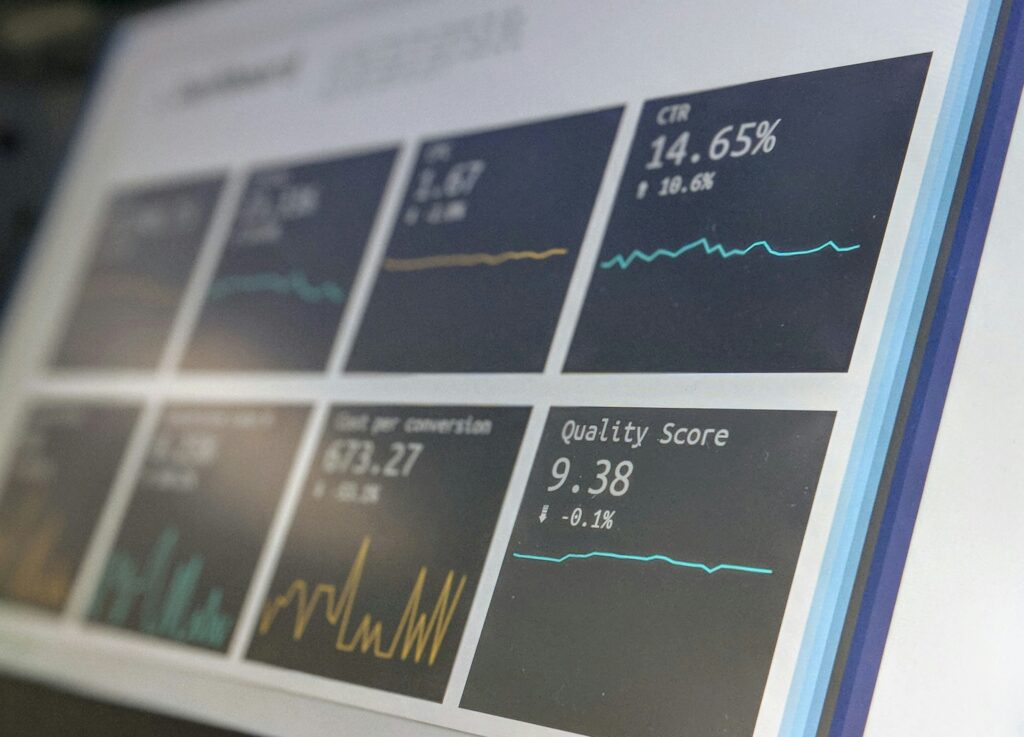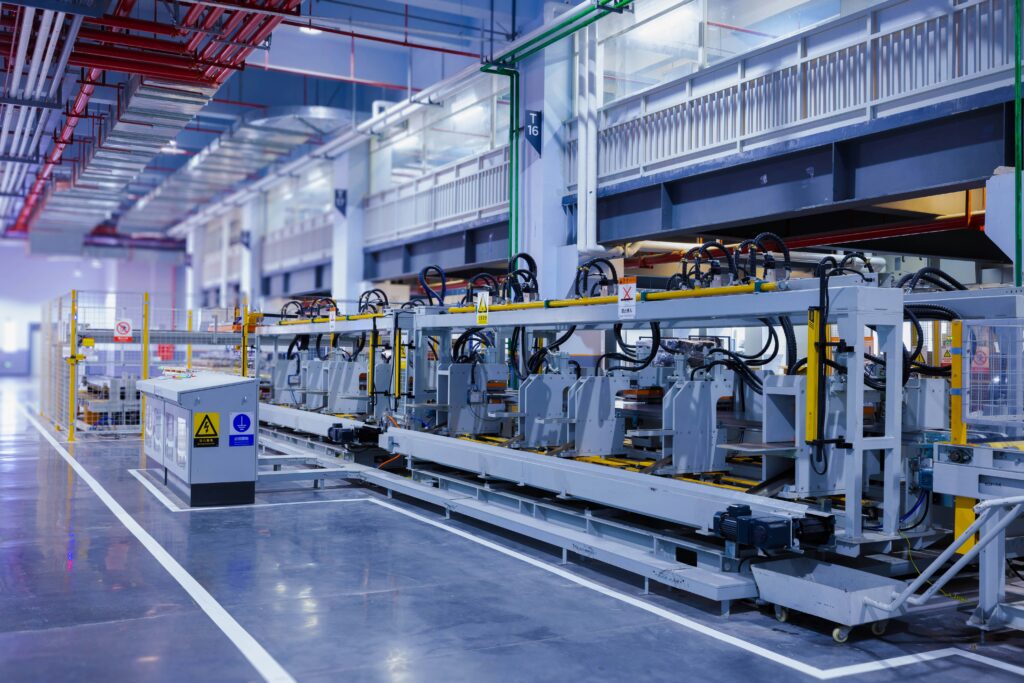What’s Moving, What Matters

Written By: Adriana Lorenzo -Team 360 Staffing
Some companies grow quietly. Others stall under the same conditions. What separates them is rarely a budget or a breakthrough strategy, it’s how quickly they read what’s changing and adapt accordingly.
July 2025 brings a complex mix of cautious optimism, technological acceleration, and persistent geopolitical headwinds. For leaders in manufacturing, logistics, food processing, and waste management, the challenge is clear: staying still isn’t an option. What matters now is how these signals shape your next strategic decision, especially when it comes to workforce.
Confidence Rises, But So Does the Weight of Expectation

According to Chief Executive’s July 2025 CEO Confidence Index (via National CIO Review), U.S. business leaders are reporting their highest levels of optimism this year. With a 12-month outlook of 6.8 out of 10, and 74% and 68% of CEOs expecting revenue and profit increases respectively, investment is shifting from defense to offense.
In manufacturing and food processing, that optimism is already showing up as new projects and equipment investments: equipment upgrades, automation, and new lines of production. These expansions are not just about scale, they’re about precision, speed, and the ability to meet rising expectations from clients and end users alike. But bold investments only deliver value when backed by the right people. Are you already preparing to recruit for roles like automation specialists, systems integrators, and data technicians? Have you created learning paths for current staff to step into the needs of your evolving operation?
In logistics and waste management, that same confidence will almost certainly create volume ripple effects. More production means more movement. More movement means greater pressure on transportation, scheduling, packaging, and ultimately, waste. The smart question isn’t whether your teams are busy now. It’s whether they’re prepared for what’s about to hit.
Tariff Volatility Is Reshaping Supply Chains in Real Time

The U.S. has implemented a 10% universal baseline tariff and 50% rates on key imports (steel, aluminum, Chinese goods). Temporary reprieves for certain categories are expiring mid-year, prompting a scramble in procurement and logistics.(Sources: EY Global CEO Outlook, Manufacturing ISM® Report On Business® July 2025, Taylor Logistics July Supply Chain Outlook)
This turbulence isn’t just an economic footnote, it’s a daily operational variable. Manufacturers are redesigning products and rapidly diversifying suppliers to minimize cost exposure. And logistics providers are dealing with the downstream effect: unpredictable port activity, rate swings, and a reshuffling of routes that affect lead times.
If your procurement strategy changed this year, has your workforce plan changed with it? Are your teams prepared to handle new materials, respond to faster change cycles, or manage customer expectations in the face of delays? Resilience isn’t just a function of sourcing, it’s embedded in how well your people adapt to uncertainty. Training can’t be an afterthought.
AI Isn’t Coming. It’s Restructuring the Floor Plan

More than 50% of U.S. manufacturers plan to increase investment in AI within two years. By 2030, 80% say it will be essential to remain competitive. (Sources: Assembly Magazine, Recruiterflow Blog, Preferred CFO)
We often frame AI in extremes, either as a magic solution or a workforce threat. But what’s happening now is far more nuanced. AI is being used for predictive maintenance, automated visual inspections, scheduling optimization, and yes, in recruitment: resume scanning, candidate screening, and onboarding. This isn’t theoretical.
So the real question is: have you mapped where AI could remove friction in your operation? Have you identified the roles that will need retraining or repurposing? Are you recruiting based on future capabilities or past credentials? The competitive edge belongs to the companies that integrate AI with structure, not fear.
Skills, Not Schools, Are Defining Competitiveness

Labor data continues to reflect a profound cultural shift. Employers are emphasizing demonstrated skills and adaptability over degrees. Hybrid work, once a disruption, is now a defining feature of workplace design. (Sources: Recruiterflow Blog, Preferred CFO, Manufacturing ISM® Report, US Bureau of Labor Statistics)
This doesn’t mean college is obsolete. It means credentials are no longer the proxy for performance. In hiring, the question has become: can they do the job, not just did they study it? That shift opens doors for a broader talent pool—if you’re ready to evaluate differently.
And while not all roles can go hybrid, many can. The organizations succeeding right now are those with a clear map: which jobs require on-site presence, which can shift, and how they communicate expectations transparently. Training, culture, and feedback loops all matter more when your teams are not in the same room.
Sustainability Isn’t Optional Anymore: It’s Regulated

Extended Producer Responsibility (EPR) laws for packaging have already launched in multiple states. Targets for plastic reduction and recycling are set for 2032, and compliance reporting begins now. (Sources: Compliance & Risks, Allied Analytics LLP)
The environmental conversation has moved from branding to compliance. For manufacturers and food brands, this means reengineering packaging, absorbing new reporting requirements, and hiring or training people to manage circular economy strategies.
For waste management, it signals opportunity. The smart waste management market is projected to grow rapidly, driven by the need to track, sort, and document impact. Investments in automation and digital tools aren’t just forward-thinking, they’re fast becoming requirements. Are you building workforce structures to meet these standards? Are you training for roles that didn’t exist a year ago?
The pace right now is sharp, but it’s also full of direction, if you’re paying attention. What feels like noise often turns out to be signal. And what feels like “too soon” often turns out to be too late.
At Team 360 Staffing, we help operations make sense of workforce shifts, build smarter teams, and prepare for what’s coming—not just what’s current.
Let’s get ahead of the next quarter.
Sources: Chief Executive’s July 2025 CEO Confidence Index (via National CIO Review), EY Global CEO Outlook, Manufacturing ISM® Report On Business® July 2025, Taylor Logistics Supply Chain Outlook, Recruiter flow Blog, Assembly Magazine, Preferred CFO, Compliance & Risks, Allied Analytics LLP.